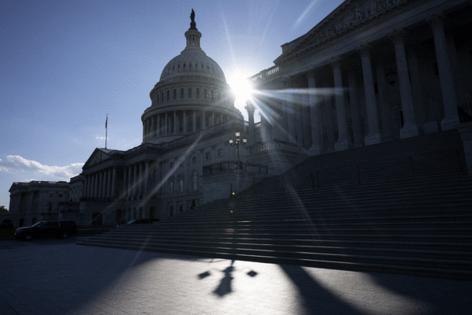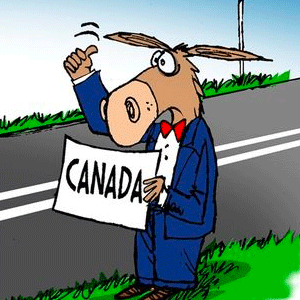Editorial: Doomsday rhetoric over premium costs is overblown
Published in Op Eds
Senate Democrats — including Sen. Jacky Rosen — have shut down the government in an effort to force Republicans to extend expanded tax credits created to cushion the blow of a once-in-a-lifetime pandemic. Now that the COVID crisis has long passed, they insist that millions of Americans will face a “death spiral,” as NPR so delicately put it, if the additional subsidies aren’t made permanent.
A curious observer might wonder why Democrats themselves, a few years ago when they controlled Congress and the White House, voted to sunset the additional tax credits at the end of 2025 in the first place. Apparently, that was then and this is now. As the national debt races past $38 trillion, what’s another $500 billion over a decade?
In fact, the doomsday rhetoric is overblown. Let’s not forget that the enhanced tax credits were accompanied by a relaxation of eligibility requirements. That means people well above the poverty line now qualify for taxpayer-covered health care subsidies, depending on where they live. The Cato Institute points out that households with incomes as high as $600,000 are eligible to receive subsidies in some locations.
Predictably, the tax credits led to an explosion of enrollees, some of whom dumped their private insurance for subsidized policies on the exchanges. Enrollment in Obamacare has more than doubled from 12.1 million to 24.32 million since Congress created the subsidies. The exchanges are particularly popular with seniors who retire early, losing their employer coverage, but are not yet eligible for Medicare.
Those most in need will see slight increases in premium costs without the expanded subsidies but will still pay only a tiny percentage of coverage costs. “If the expanded subsidies expire,” Cato reports, “the average enrollee at 150 percent of the poverty line would be expected to pay less than $15 per week for a subsidized plan (8 percent of the total cost, the rest paid for by taxpayers).”
Indeed, the Centers for Medicare and Medicaid Services announced last week that about 60% of enrollees will have access to a plan that costs $50 a month or less after factoring in the original Obamacare subsidies. The “CMS noted,” Politico reported, “that the vast majority of enrollees will still receive financial assistance even if the enhanced, COVID-19 era subsidies expire.”
It’s true that deductibles will increase for many participants — particularly those at higher income levels. But those at the poverty line, who are eligible for “zero premium” coverage, meaning their health insurance is paid for by taxpayers, can get a silver plan “with a deductible of $87, on average,” according to Politico.
Astute voters will recognize the shutdown for what it is: a calculated gamble by Senate Democrats in an effort to camouflage the failures of Obamacare.
_____
©2025 Las Vegas Review-Journal. Visit reviewjournal.com.. Distributed by Tribune Content Agency, LLC.
























































Comments